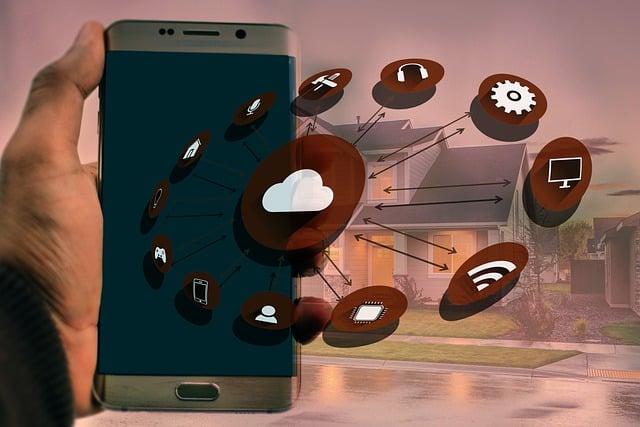
In today’s fast-paced world, smart home technology promises to simplify life, improve energy efficiency, and add an extra layer of security. From voice-activated lights to app-controlled thermostats and smart locks, homeowners are embracing these systems in record numbers. But behind the sleek interfaces and glowing LED indicators, problems can quietly brew—some more complex than those found in traditional homes.
A common challenge with smart systems is integration. Many homeowners install devices piecemeal—one brand for lighting, another for security, and a third for HVAC control. While each may work flawlessly on its own, conflicts can arise when systems try (and fail) to communicate with one another. Inconsistent performance, dropped connections, and delayed commands can quickly turn a “smart” setup into a frustrating mess.
Connectivity is another big hurdle. Most smart devices rely on Wi-Fi to function properly. If a home’s internet is spotty or the router isn’t powerful enough to handle multiple connections, things can go sideways fast. Imagine your smart lock not responding because the signal in the entryway is too weak—definitely not a convenience when you’re standing in the rain.
Then there’s the issue of updates. Like your smartphone, smart home devices require regular software updates to maintain security and functionality. Unfortunately, not all systems update automatically. Some homeowners are unaware updates are even needed, leaving devices vulnerable to security flaws or performance issues. Worse, an outdated system may suddenly stop working altogether, often at the most inconvenient time.
From a maintenance standpoint, smart homes also introduce new complexity. When a traditional light switch fails, it’s usually a straightforward fix. But diagnosing a non-responsive smart switch might involve checking the device, the hub, the app, and the Wi-Fi—all before discovering the issue was just a tripped breaker.
Battery dependency is another often-overlooked concern. Many smart devices, especially those installed for security, run on batteries. Unlike smoke detectors that chirp when power is low, these devices often provide no audible warning. If the app isn’t checked regularly, a dead battery can go unnoticed—leaving a front door unlocked or a camera offline.
While smart homes offer incredible potential, they also demand a new level of attentiveness. Homeowners need to be proactive, ensuring that their systems are compatible, regularly maintained, and secured against cyber threats.
Ultimately, the smartest home isn’t just filled with devices—it’s one where the owner stays informed and engaged. Technology should enhance your home life, not complicate it. Taking the time to understand how your systems work—and how they can fail—can make all the difference between seamless living and unexpected tech headaches.
